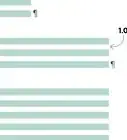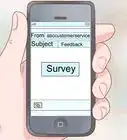This article was co-authored by Tami Claytor. Tami Claytor is an Etiquette Coach, Image Consultant, and the Owner of Always Appropriate Image and Etiquette Consulting in New York, New York. With over 20 years of experience, Tami specializes in teaching etiquette classes to individuals, students, companies, and community organizations. Tami has spent decades studying cultures through her extensive travels across five continents and has created cultural diversity workshops to promote social justice and cross-cultural awareness. She holds a BA in Economics with a concentration in International Relations from Clark University. Tami studied at the Ophelia DeVore School of Charm and the Fashion Institute of Technology, where she earned her Image Consultant Certification.
wikiHow marks an article as reader-approved once it receives enough positive feedback. This article received 108 testimonials and 81% of readers who voted found it helpful, earning it our reader-approved status.
This article has been viewed 9,548,486 times.
Writing an email to a teacher, boss, business contact, government agency, or other recipient that requires formality can seem like a daunting task. But don't worry—once you learn proper formatting and see some helpful samples, you'll be sending your own formal emails in no time. This wikiHow article will teach you how to write clear and articulate formal email messages with perfect style, tone, and formatting.
Steps
Formatting Your Email
-
1Use a professional email address. Ideally, your email address should be a variation of your real name, not a username or nickname. Use periods, hyphens, or underscores to secure an e-mail address that's just your name, without extra numbers or letters, if you can.
- For instance, coolguy007@theemail.com will seem unprofessional. Meredith.Athena.Calhoun@theemail.com, however, is suitable.
-
2Stick to a professional font. Most email services now allow you the option to write using a variety of fonts and text styles. For a formal email, however, keep things conservative, with fonts like Times New Roman and Arial. Avoid decorative fonts like Comic Sans or Old English. In addition:[1]
- Write your email in a legible font size, such as 12 point type.
- Avoid special styles like italics, highlighting, or multicolored fonts unless they are warranted by the content and purpose of the email.
- Do not use all caps. These make it seem like you are shouting at the recipient.
Advertisement -
3Use a short and accurate subject line. Use keywords in the subject line that suggest exactly what you are writing about, in just a few words. This helps make sure that readers don’t overlook your email because the subject line is missing, is too vague, or suggests the email is unimportant.[2]
- Subjects like “Quick question,” “Contacting you,” or “Email about an important matter” are too vague or obvious to be useful.
- “Schedule, Guest List, Lunch Requests, and Meeting Overview for March 12th,” on the other hand, is overwhelmingly long and covers several topics.
- “Meeting RE: damaged escalator on March 12th,” however is short and to the point. It alerts your recipient to a single primary topic and a specific date.
Writing Your Message
-
1Use a proper salutation. Always open a formal email with a salutation. Addressing the recipient by name (if known) is preferred. Include the person's title (Mr., Mrs., Ms., Dr., etc.) with their last name, followed by a comma or a colon. You can precede the salutation with "Dear..." if you like.[3]
- If you don't know the name of the person you're writing to, use a salutation like “Dear Sir/Madam,” “Dear Sir or Madam,” or “To whom it may concern.”
- Do not use “Hello,” “Hey,” “Hi,” or other informal salutations.
-
2Introduce yourself in the first paragraph (if necessary). If you are writing to someone you don't have an existing relationship with, such as a new customer, hiring manager, or government official, tell them who you are and why you are writing. Do this in the first sentence or two of your email.
- For example, when writing to a potential employer, you might say: "My name is Earl Rivers. I'm contacting you to apply for the administrative assistant position listed on CareerXYZ.com."
-
3Prioritize the most important information. Once you’ve introduced yourself and the general reason you’re writing, you can follow up with the body of your email. Put the most important content near the top. This respects your recipient’s time and makes the purpose of your email clear.[4]
- When writing to a government official, for instance, you might start by saying: "My name is Arlene Rivers. I obtained your email address from the Westchester County Clerk website. I am writing to contest the traffic citation I received on December 31, 2009. "
-
4Get to the point. For a formal email, it’s ok to be direct, as long as you are polite. Beating around the bush will only lose your reader and make it harder to figure out what you want or need from them.[5]
- For instance, when writing to a professor, don’t waste space with unnecessary padding like: “This is Darlene Frankreich. Do you know me? CHEM 221 is my favorite class right now. I love the way the lectures are so organized. I can always follow along and know what will be on the tests. Speaking of tests, I was thinking about the next exam.”
- Instead, it would be much clearer to write something like: “This is Darlene Frankreich. I’m a student in your CHEM 221 class, and I'm writing about a potential exam time conflict.”
-
5Keep it brief. There’s no set length for how long an email should be. However, it’s a good idea to keep an email to about one (laptop or desktop size) screen length.[6]
- If your email is relatively lengthy, break it up into short paragraphs. Insert a line break between each paragraph instead of indenting.
-
6Use formal language. Since formal emails are written for professional contexts, you’ll want to give a good impression. Use complete sentences and polite phrasing. Avoid things like:
- Slang
- Unnecessary contractions
- Emoticons and emojis
- Profanity
- Jokes
-
7Use a proper form of closing. As with salutations, there are a variety of closings that are acceptable in formal emails. Make sure to follow up with your full name and job title or other signature (if you have one). Examples of potential closings include:[7]
- "Yours sincerely,"
- "Yours cordially,"
- "Respectfully,"
- "Best,"
- “Your student,”
Preparing to Send
-
1Include any necessary attachments. If you need to include any attachments, make sure to mention them in the body of the email to let the recipient know that they are included. Be courteous by trying to keep the number of attachments and their file size down, and by using common or widely compatible file types.[8]
- For example, include a note like “I am attaching a copy of my resume and portfolio, in PDF format.”
- Then, don't forget to make sure to include your attachment before you hit "send."
-
2
-
3Make sure that the email does not contain any sensitive information. Always keep in mind that email is not a secure communication system. Remember that email servers can be hacked, or that your recipient might intentionally or unintentionally share information that you didn’t want to be divulged.[9]
- Avoid including things like passwords, account numbers, and confidential information in an email.
Sample Emails
Community Q&A
-
QuestionHow do you write a formal request over email?
 wikiHow Staff EditorThis answer was written by one of our trained team of researchers who validated it for accuracy and comprehensiveness.
wikiHow Staff EditorThis answer was written by one of our trained team of researchers who validated it for accuracy and comprehensiveness.
Staff Answer wikiHow Staff EditorStaff AnswerTo write a request, start with a formal salutation (such as “Dear Mrs. Travers”). Begin the email with 1-2 sentences summarizing the topic of your request. For example, “I am writing to inquire about the silver cow creamer you recently obtained for your husband’s collection.” Follow this up with your request(s), making sure to word your request politely. For instance, “I would be grateful if you could send me some information about this item’s origin and date of manufacture.” Finish by expressing appreciation for the recipient’s time and attention, and sign off with a formal closing such as “Sincerely” or “Regards.”
wikiHow Staff EditorStaff AnswerTo write a request, start with a formal salutation (such as “Dear Mrs. Travers”). Begin the email with 1-2 sentences summarizing the topic of your request. For example, “I am writing to inquire about the silver cow creamer you recently obtained for your husband’s collection.” Follow this up with your request(s), making sure to word your request politely. For instance, “I would be grateful if you could send me some information about this item’s origin and date of manufacture.” Finish by expressing appreciation for the recipient’s time and attention, and sign off with a formal closing such as “Sincerely” or “Regards.” -
QuestionWhat’s the best format for a formal email?
 wikiHow Staff EditorThis answer was written by one of our trained team of researchers who validated it for accuracy and comprehensiveness.
wikiHow Staff EditorThis answer was written by one of our trained team of researchers who validated it for accuracy and comprehensiveness.
Staff Answer wikiHow Staff EditorStaff AnswerThe format of a formal email is usually simpler than that of a traditional letter. Include a brief, clear subject line so that the recipient can immediately tell what the email is about. In the email itself, start with a salutation, followed by the body of the email, your signoff, and your name. If you like, you can include an e-signature, which may contain information such as your job title and contact information. You can either indent your paragraphs in the body of the email or separate them with line breaks.
wikiHow Staff EditorStaff AnswerThe format of a formal email is usually simpler than that of a traditional letter. Include a brief, clear subject line so that the recipient can immediately tell what the email is about. In the email itself, start with a salutation, followed by the body of the email, your signoff, and your name. If you like, you can include an e-signature, which may contain information such as your job title and contact information. You can either indent your paragraphs in the body of the email or separate them with line breaks. -
QuestionHow should you start a formal email?
 wikiHow Staff EditorThis answer was written by one of our trained team of researchers who validated it for accuracy and comprehensiveness.
wikiHow Staff EditorThis answer was written by one of our trained team of researchers who validated it for accuracy and comprehensiveness.
Staff Answer wikiHow Staff EditorStaff AnswerA formal email typically starts with a salutation (such as “Dear Prof. Eggbert”) followed by a brief, clear introduction to the main topic of the email. For example, “I am writing to inquire whether you will be offering your Introduction to Herpetology course this spring.” You usually don’t need to include a heading in a formal email, since you can include that type of information in your signature.
wikiHow Staff EditorStaff AnswerA formal email typically starts with a salutation (such as “Dear Prof. Eggbert”) followed by a brief, clear introduction to the main topic of the email. For example, “I am writing to inquire whether you will be offering your Introduction to Herpetology course this spring.” You usually don’t need to include a heading in a formal email, since you can include that type of information in your signature.
References
- ↑ https://owl.english.purdue.edu/owl/resource/694/01/
- ↑ https://owl.english.purdue.edu/owl/resource/636/01/
- ↑ https://www.menlo.edu/wp-content/uploads/2015/03/writing-a-formal-email.pdf
- ↑ https://www.menlo.edu/wp-content/uploads/2015/03/writing-a-formal-email.pdf
- ↑ https://www.menlo.edu/wp-content/uploads/2015/03/writing-a-formal-email.pdf
- ↑ https://owl.english.purdue.edu/owl/resource/694/01/
- ↑ https://www.menlo.edu/wp-content/uploads/2015/03/writing-a-formal-email.pdf
- ↑ https://owl.english.purdue.edu/owl/resource/636/01/
- ↑ https://owl.english.purdue.edu/owl/resource/636/01/
About This Article
Before you write a formal email, make sure you're using a professional-sounding email address that includes your name. When writing the subject line for your email, make it clear what you're emailing about, but avoid using full sentences or overly long descriptions. Something like "Schedule for March 12th meeting" is appropriate. Stick with a professional font like Times New Roman in 12 point type so your email is easy to read. When you're finished writing your email, remember to proofread it before sending so you catch any errors. To learn about how to prioritize information in your email and details you should leave out, keep reading!
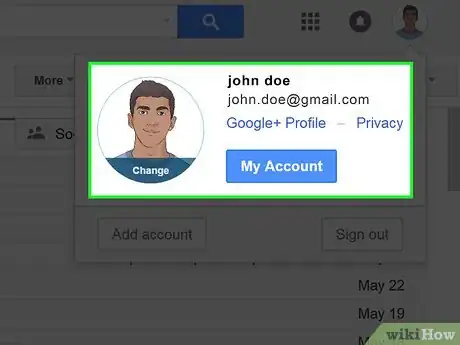


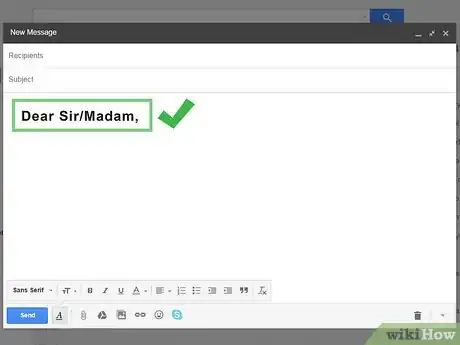

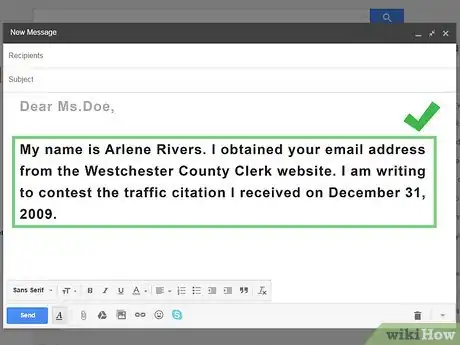

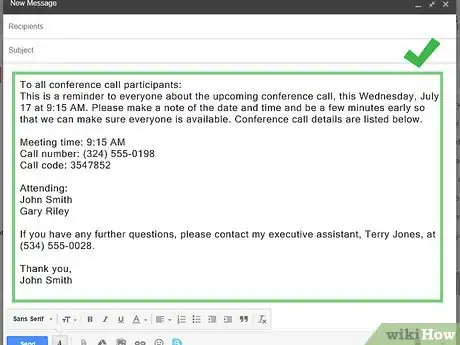


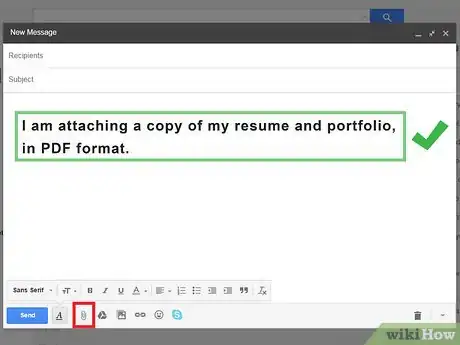

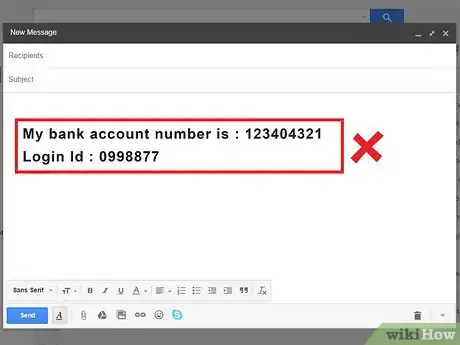


-Writing-Step-16.webp)
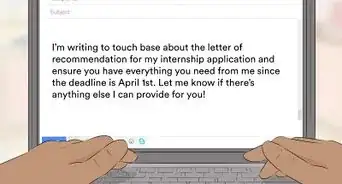

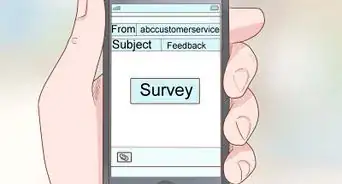
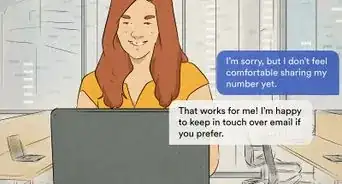
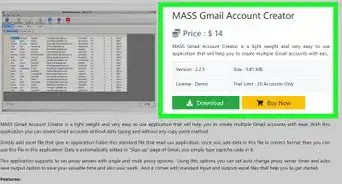
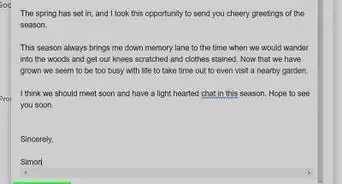
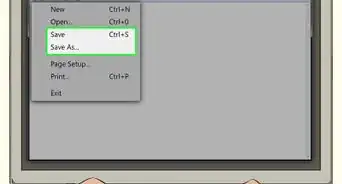
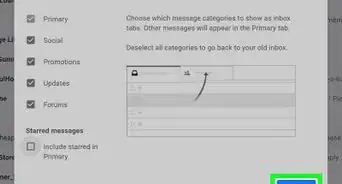
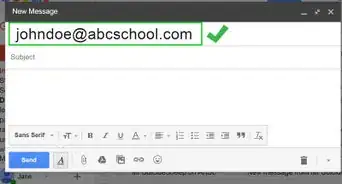
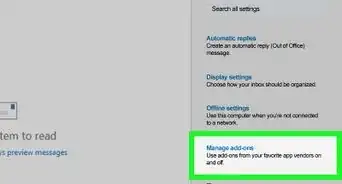

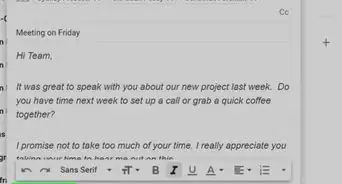
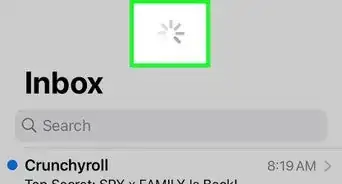












-Writing-Step-16.webp)

